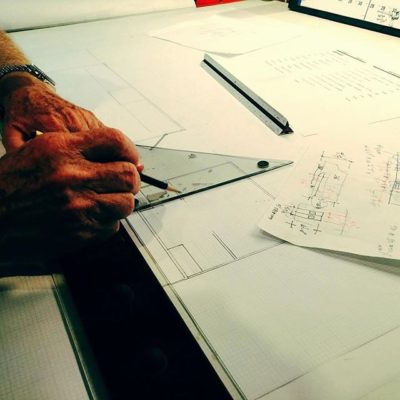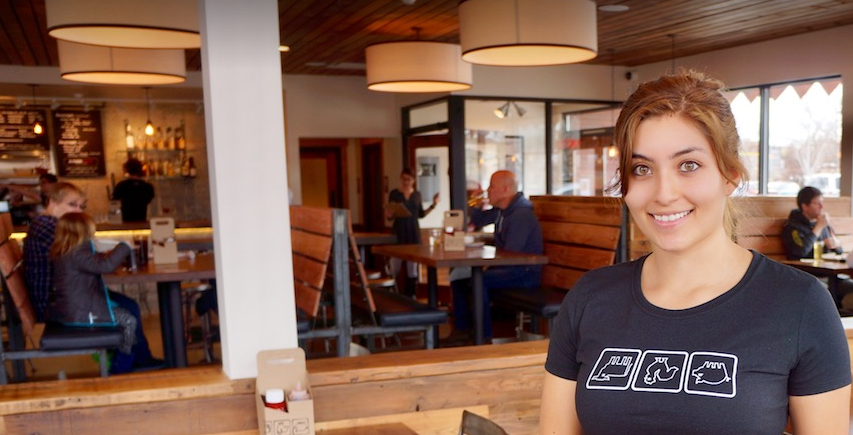Restaurant projects typically start off with great enthusiasm and expectation of smooth development all the way to opening night. Too often however building code, health department, ADA concerns, contractor delays, even inspector’s personal red flags can stall opening schedules. The depth of experience of your design/architectural team can avert many potential delays and get your CO. Having executed over 370 restaurants, Trapp Associates has experienced both smooth and troubled openings. The following is a partial check list to keep in mind during the final push to opening:

- START EARLIER: Much time, confusion, and misunderstanding can be averted by meeting earlier with city building and health officials to discuss your concept and understand what their
- concerns might be. Public employees really don’t want any conflicts at the end of your project. Get to a level of open communication of the city’s concerns (IE “you guys always forget cove in restrooms”) and by understanding their red flags early, you will avoid struggle at the end, your project will likely be less expensive, and gives you time to respectfully challenge any issues. Meeting early and complying to City’s concerns gets acknowledged at the end and often buys you points in averting new city issues. Be sure you contractor is aware of agreements you make with the city.
- MID WAY CHECK: Ask for an on-site review by health department ¾ way thru so they are comfortable with your compliance. The contractor and subs are the biggest variable in opening on time. Your best tool is the construction schedule that’s prepared by the contractor which identifies work completion with a time line. If the drywall isn’t finished on the 13th you can have conversation about how that time is made up. It’s invaluable in reviewing the progress. So make sure you have it!
- FINAL PUSH:It’s prudent to have weekly conference calls with all parties to get ‘on schedule’ confirmation or identify delays and solve them early. Getting paid on time makes everyone happy. Be sure to check budget status and make sure subs are getting paid with GC’s draws. Create a hiring center as close to site as possible, as it helps to see the future work environment. A good Construction Manager is a valuable team member and can act as the ‘orchestra leader’ for the project. On projects without a Construction Manager to represent the owner, your experienced Restaurant Architect can develop a running list of all the variables/ concerns so they can be managed. This minimizes you getting blindsided by the unknown. Some examples of how your Restaurant Architect can help you:
- Licensing for brewing confirmation
- City planning department’s site requirements
- City signage allowances and production
- Construction completion level that the health department will allow food on site (which allows training to start)
- Floor/ wall completion allowing the furniture, fixture, artifact package delivery.
- Kitchen equipment package set and sub’s schedule for hook ups
- Have health department spot check progress
- Daily meeting with the GC and subs to confirm completion and or identify issues, early
- Schedule FF&A install, and training start, which can often overlap.
- Push the contractor for the CO or if there are issues a TCO and confirm with city you can occupy site and train
- Confirm all legal issues, licensing, liquor training etc.
- Create the master punch list from front and back of house
- Review all ‘adds and look for ‘deletes’
- Consider withholding a retainer until the punch list is completed…
Each site and project has their own set of challenges and even the most comprehensive list will miss something. The experienced Restaurant Architect can be you best associate because of their knowledge of construction, city demands, schedules/budget sensitivity, contractor management, and operational needs to get thru the 12th hour push to a successful opening.

